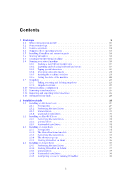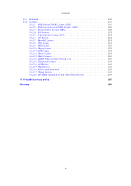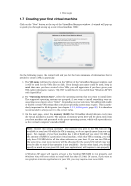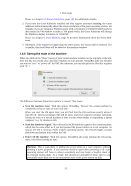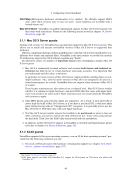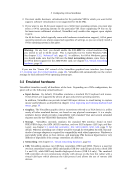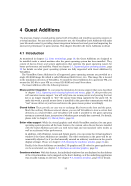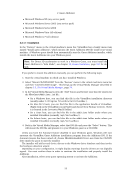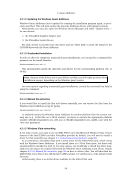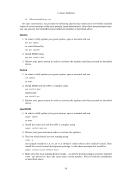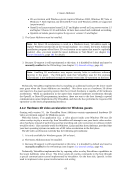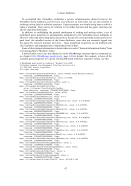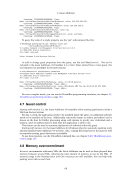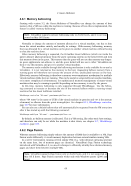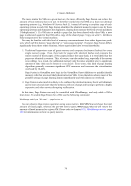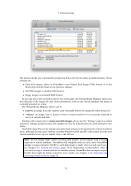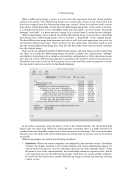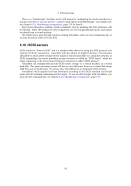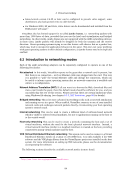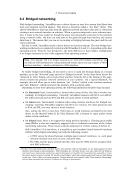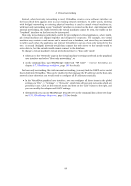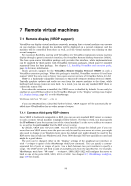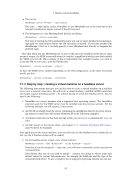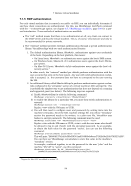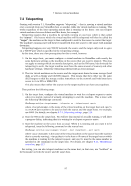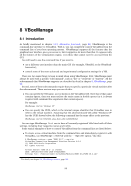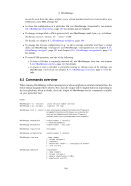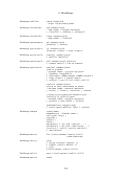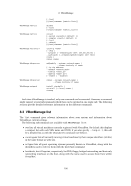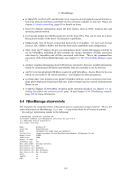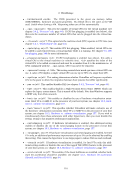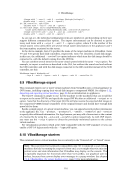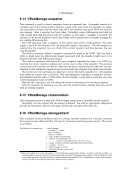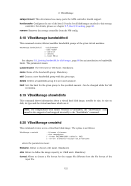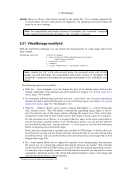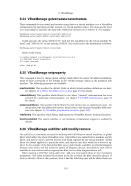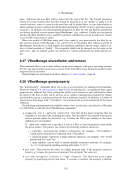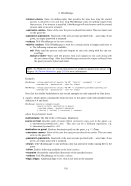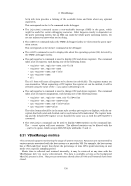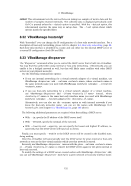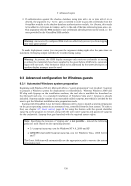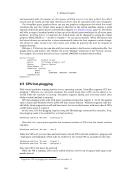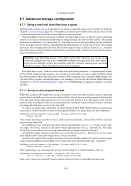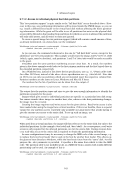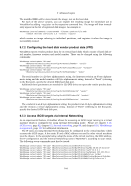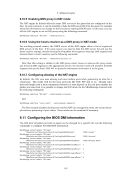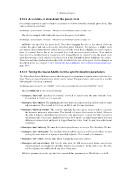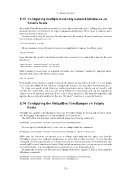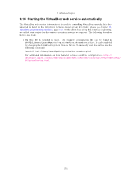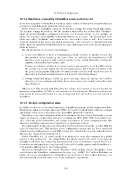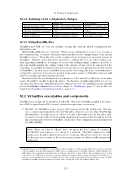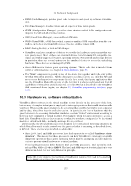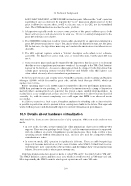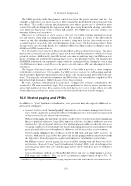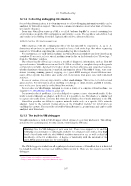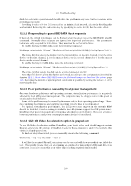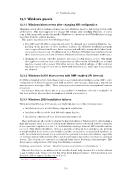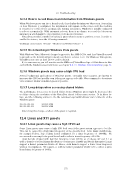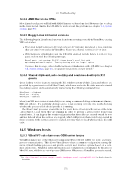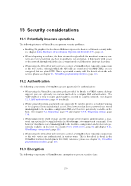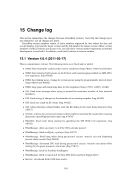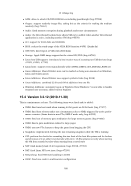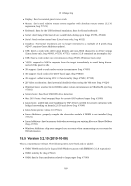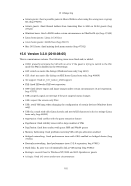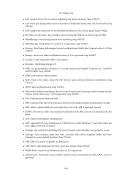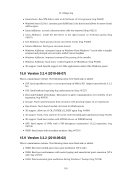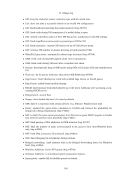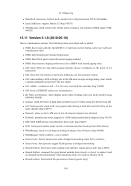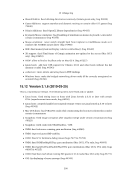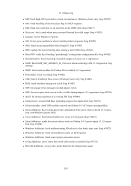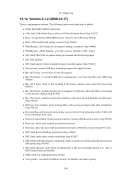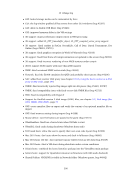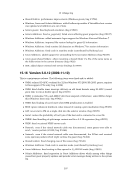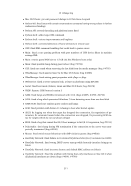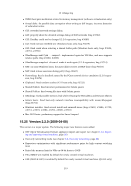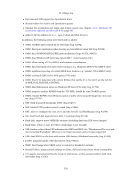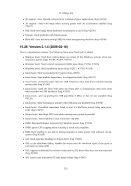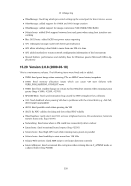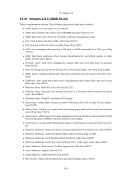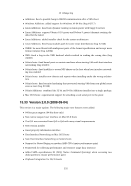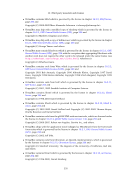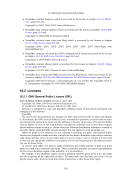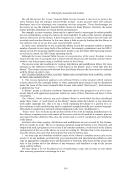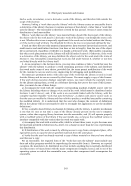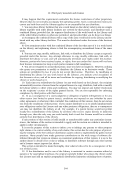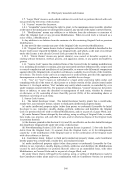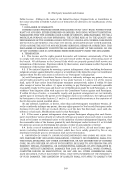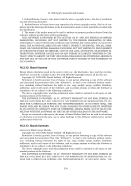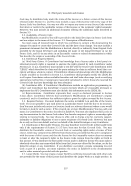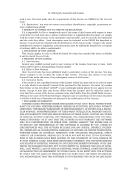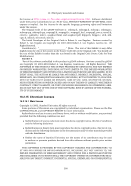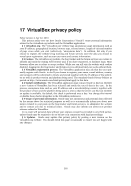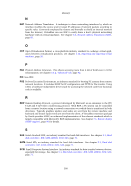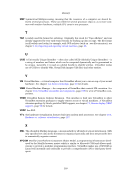4 Guest Additions 4.2.2 Guest Additions for Linux Like the Windows Guest Additions, the VirtualBox Guest Additions for Linux are a set of device drivers and system applications which may be installed in the guest operating system. The following Linux distributions are officially supported: • Fedora as of Fedora Core 4 • Redhat Enterprise Linux as of version 3 • SUSE and openSUSE Linux as of version 9 • Ubuntu as of version 5.10. Many other distributions are known to work with the Guest Additions. The version of the Linux kernel supplied by default in SUSE and openSUSE 10.2, Ubuntu 6.10 (all versions) and Ubuntu 6.06 (server edition) contains a bug which can cause it to crash during startup when it is run in a virtual machine. The Guest Additions work in those distributions. Note that some Linux distributions already come with all or part of the VirtualBox Guest Additions. You may choose to keep the distribution’s version of the Guest Additions but these are often not up to date and limited in functionality, so we recommend replacing them with the Guest Additions that come with VirtualBox. The VirtualBox Linux Guest Additions installer tries to detect existing installation and replace them but depending on how the distribution integrates the Guest Additions, this may require some manual interaction. It is highly recommended to take a snapshot of the virtual machine before replacing pre-installed Guest Additions. 4.2.2.1 Installing the Linux Guest Additions The VirtualBox Guest Additions for Linux are provided on the same virtual CD-ROM file as the Guest Additions for Windows described above. They also come with an installation program guiding you through the setup process, although, due to the significant differences between Linux distributions, installation may be slightly more complex. Installation generally involves the following steps: 1. Before installing the Guest Additions, you will have to prepare your guest system for building external kernel modules. This works similarly as described in chapter 2.3.2, The VirtualBox kernel module, page 32, except that this step must now be performed in your Linux guest instead of on a Linux host system, as described there. Again, as with Linux hosts, we recommend using DKMS if it is available for the guest system. If it is not installed, use this command for Ubuntu/Debian systems: sudo apt-get install dkms or for Fedora systems: yum install dkms Be sure to install DKMS before installing the Linux Guest Additions. If DKMS is not available or not installed, the guest kernel modules will need to be recreated manually whenever the guest kernel is updated using the command /etc/init.d/vboxadd setup as root. 2. Insert the VBoxGuestAdditions.iso CD file into your Linux guest’s virtual CD-ROM drive, exactly the same way as described for a Windows guest in chapter 4.2.1.1, Installation, page 55. 3. Change to the directory where your CD-ROM drive is mounted and execute as root: 57
Purchased from Demo (abedemo.tizrapublisher.com) for the exclusive use of unknown. © 2025 Demo. Please report unauthorized use to pirate@tizra.com


